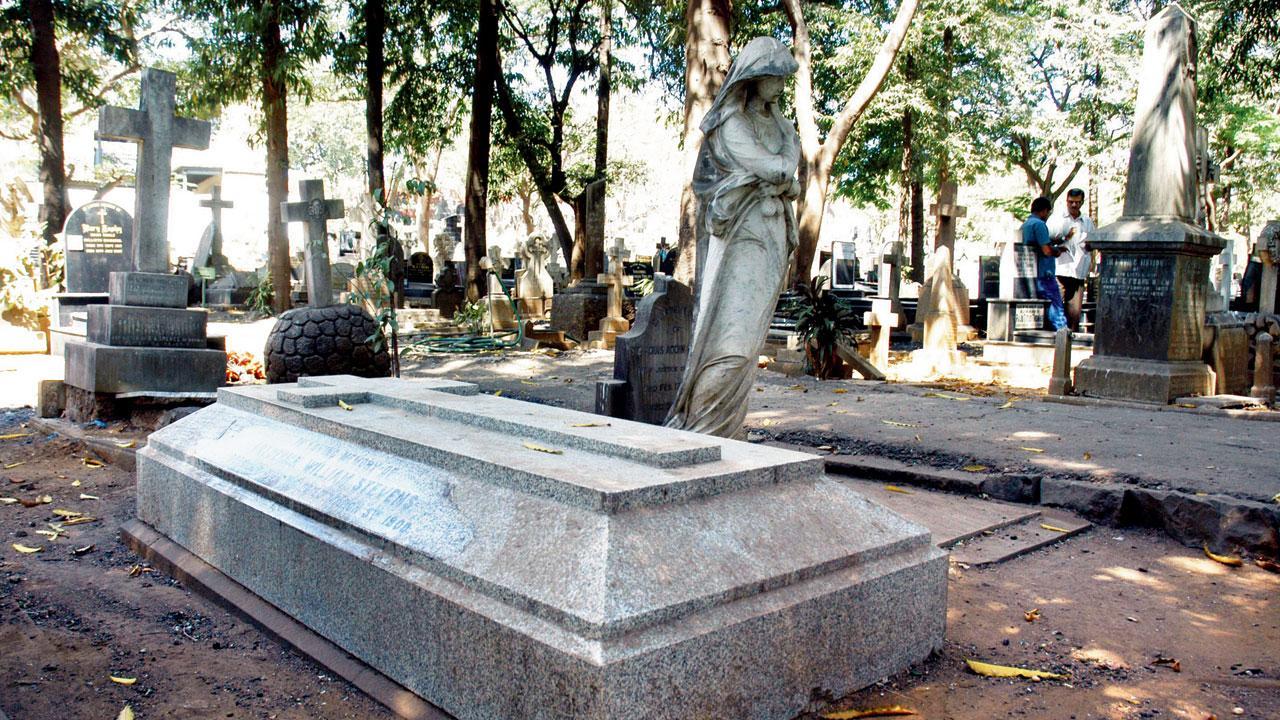Home / Sunday-mid-day / / Article /
Explore Mumbai's history through these six wartime establishments
Updated On: 02 June, 2024 08:15 AM IST | Mumbai | Anand Singh
As the 80th anniversary of D-Day, the largest seaborne invasion the world has ever witnessed, approaches on June 6, mid-day embarks on a journey through Mumbai’s wartime heritage

A statue above an epitaph at the Sewri Cemetery
Mumbai, one of the three presidency cities during the British era, played a significant role during both World Wars. Apart from being a prominent port city in South Asia, it was also a major economic and naval hub in the country, even in the 1930s and 40s. “Adolf Hitler once eyed Bombay, as he believed Indians were ‘second-class Aryans’ with relatively superior genes,” says Dr Anita Rane-Kothare, historian and professor at St Xavier’s College, and in-charge of the Bombay Local History Society.
The city is dotted with remnants of wars lying in plain sight that may be skipped by untrained eyes. But for history buffs, these “generic-looking places” are quite a stunner. We take you on a tour of the city’s places and monuments that were once pivotal establishments during a time when Mumbai found itself in the midst of a war.




